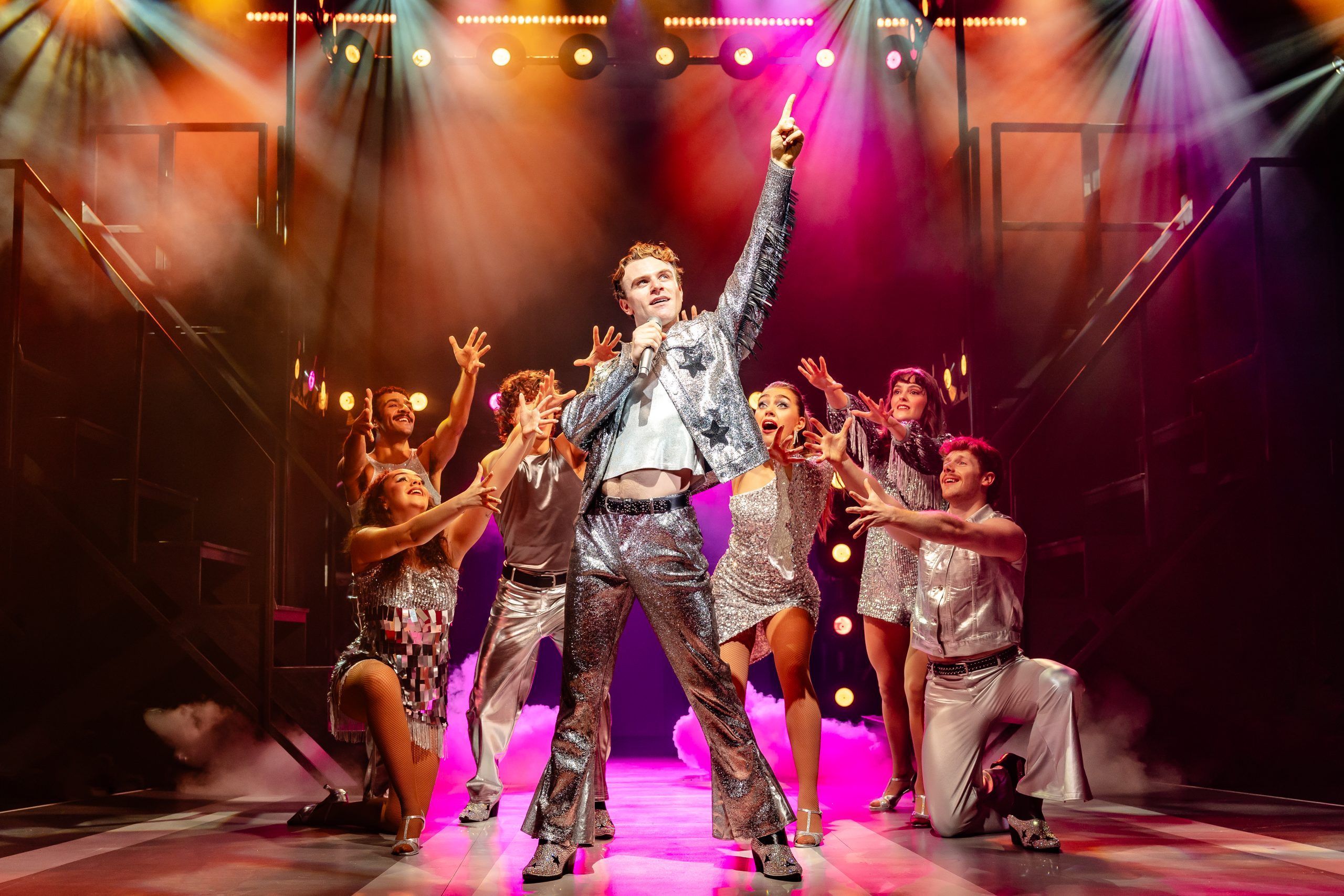In the age of social networking sites where people could listen to music playing on YouTube, are drummers still relevant? Yes, they are.
Drummers have long served as the rhythmic backbone of any great band or ensemble. However, today’s generation of drummers is doing more than just keeping time—they’re reshaping how we think about rhythm, performance, and musical innovation. Could you believe this?
While many still rely on tested-and-proven gear (and hunt down replacement parts for old drum sets to preserve the classic sounds they love), modern drummers are embracing new tools and pushing creative boundaries like never before. Here are seven reasons why:
1. The Rise of the Multi-Genre Drummer
Unlike the past, where drummers often specialized in a single genre, today’s players move fluidly across styles. A single drummer might perform jazz-fusion on a Thursday night, play in a punk band on Friday, and back a hip-hop artist on Saturday. This genre-blending is not only redefining what it means to be a drummer, but also expanding how percussion supports modern music.
Drummers like Travis Barker, who transitioned from pop-punk roots to collaborations with rappers and EDM artists, and Anika Nilles, known for her progressive grooves that merge rock, funk, and electronic styles, are prime examples of this new wave. These artists have become icons not just for their technical skill, but for their creative adaptability and genre-bending approach.
2. Technology and the Digital Revolution
Technology has also radically changed the drummer’s toolkit. Electronic drum kits, sample pads, and DAW integration have opened up limitless possibilities. Where once a drummer was limited to a fixed set of cymbals and toms, they now have entire sound libraries at their fingertips.
For one, with tools like Ableton Live, drummers are becoming live producers—triggering loops, layering textures, and synchronizing with backing tracks in real-time. These innovations have made the drummer a more integral part of songwriting and live production, blurring the line between performer and producer.
Furthermore, online platforms like YouTube, Instagram, and TikTok have allowed drummers to build their audiences, showcase original material, and collaborate with musicians around the world.
3. Diversity in Drumming
Modern drumming is also being shaped by a more diverse and global group of artists than ever before. Historically dominated by a narrow demographic, the drumming community now includes players from all backgrounds, genders, and cultures. This shift has led to richer musical expression and a wider range of influences being incorporated into mainstream music.
Drummers such as Sarah Thawer, who infuses Indian rhythms into jazz and funk, or Senri Kawaguchi, whose jaw-dropping technique has taken her from Japan to international acclaim, demonstrate how inclusive and boundaryless the modern drumming world has become. The result is a global sound—one that reflects the interconnectedness of contemporary music and the voices shaping it.
4. Redefining the Role of the Drummer
One of the most exciting shifts is how modern drummers view their role in a band. No longer confined to the back of the stage, today’s drummers are stepping into leadership roles—writing songs, producing albums, and even fronting bands.
Musicians like Anderson .Paak has redefined the image of the drummer entirely. As a singer, songwriter, and producer who performs behind the kit while delivering vocals, he exemplifies how the drummer can be the centerpiece of the performance.
Similarly, drummers like Questlove of The Roots act as musical directors and curators, blending deep historical knowledge with present-day relevance.
5. Hybrid Setups and Personalized Gear
Furthermore, today’s drummers are also more conscious of building kits that reflect their unique voice. Hybrid drum sets—combinations of acoustic and electronic elements—are increasingly common. This setup allows for a dynamic range of sound while giving drummers greater control over their tone and performance.
Companies are also recognizing the need for customization and personalization. Drummers now have access to tailor-made shells, boutique cymbals, and signature snares designed to fit their playing style. This shift has made gear more expressive, turning the drum kit into a valid extension of the artist.
Even the restoration of vintage kits is also on the rise. Many drummers seek out rare pieces and invest in bringing old kits back to life, adding both history and character to their sound. This movement ties back to the love for analog warmth and the tactile feel of traditional gear, blending the old with the new in creative harmony.

Photo by Unsplash
6. Education and the Online Learning Boom
The Internet has democratized access to drumming knowledge. Platforms like Drumeo, YouTube, and Skillshare offer high-quality lessons from world-class drummers at a fraction of the cost of private instruction. This access has led to a new generation of self-taught drummers who are as proficient (if not more so) than formally trained musicians.
For example, you’ve got the Drum Center of Portsmouth providing perfectly designed drums that work for your music goals without breaking the bank.
Moreover, the rise of virtual drum festivals and livestream clinics has made it possible to learn from artists around the world without leaving home. This culture of continuous learning has elevated the overall skill level and pushed the boundaries of what drummers can achieve.
7. Social Impact and Storytelling
Lastly, drumming has also become a platform for storytelling and advocacy. Many drummers use their platform to discuss mental health, community building, and the importance of music education. The rhythmic nature of drumming makes it an accessible outlet for emotional expression, helping both performers and listeners process complex emotions.
Socially-conscious drummers are collaborating with schools, nonprofits, and cultural programs to bring rhythm into spaces that need it most—from underserved communities to therapeutic environments. This makes the modern drummer not just a musician, but a change-maker and storyteller.
For instance, once more, in 2021, Jared Falk, the founder and the chief executive officer of a media business, played the world’s longest drum fill, selling to The Surfaris’ song, “Wipeout,” to support MusiCounts, an institution that raises funds for music education across Canada.
Yes, yes, yes! The future of drumming will likely be shaped by even more fusion, innovation, and integration with other disciplines. Expect to see AI-generated rhythms, motion-controlled percussion instruments, and drummers who also code music in real time. Real drummer conversations only at the Drum Center of Portsmouth.
Whether they’re reviving vintage kits, layering beats in a bedroom studio, or headlining stadiums, today’s drummers are at the forefront of musical evolution. In a time when the beat of change is constant, modern drummers are proving that rhythm isn’t just a part of the music—it’s spearheading the way.




